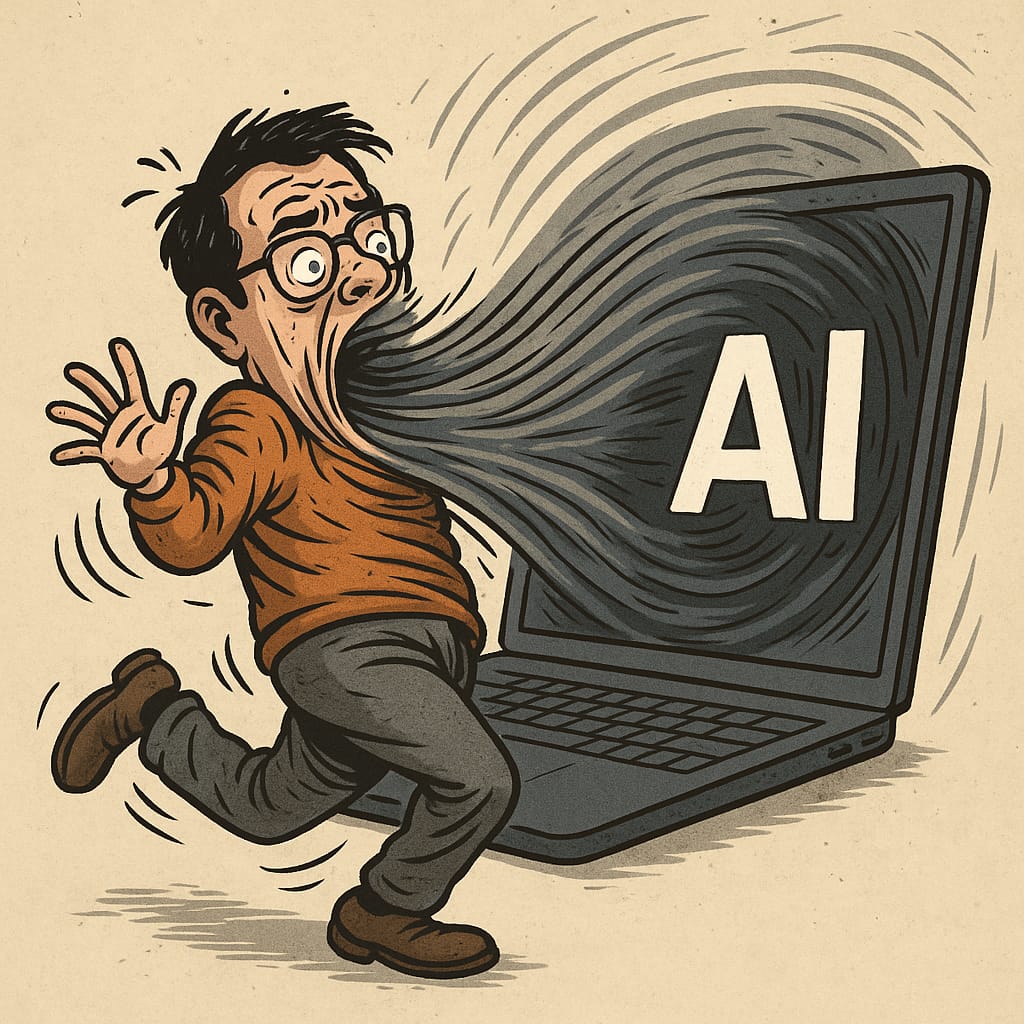AI and Problem-Solving – Strategies, Challenges, and Collaborations
Artificial Intelligence (AI) has revolutionized the way we approach problem-solving across various domains. From healthcare and finance to manufacturing and transportation, AI is employed to tackle complex issues, optimize processes, and make data-driven decisions. In this article, we will delve into the world of AI problem-solving, exploring the techniques, challenges, and strategies that underpin it. We will also discuss how AI can be leveraged for solving real-world problems, the importance of human-AI collaboration in problem-solving, and best practices for successful AI-driven solutions.
AI Problem-Solving Techniques
AI problem-solving techniques encompass a wide range of algorithms and approaches, each tailored to specific types of problems. Some common AI problem-solving techniques include:
- Machine Learning: Machine learning algorithms enable AI systems to learn from data and make predictions or decisions based on patterns and associations. Supervised, unsupervised, and reinforcement learning are popular machine learning paradigms.
- Search Algorithms: Search algorithms like A* search, breadth-first search, and depth-first search are used to find optimal solutions in problems with large search spaces, such as pathfinding or puzzle solving.
- Constraint Satisfaction: Constraint satisfaction problems involve finding solutions that satisfy a set of constraints. AI systems use techniques like constraint propagation and backtracking to solve such problems.
- Genetic Algorithms: Inspired by the process of natural selection, genetic algorithms are employed to optimize solutions in complex, high-dimensional spaces. They are particularly useful in optimization problems.
- Natural Language Processing (NLP): NLP techniques are employed for text-based problem-solving, such as sentiment analysis, chatbots, and information retrieval.
Overcoming Challenges in AI Problem-Solving
AI problem-solving is not without its challenges. Some of the key obstacles that AI developers face include:
- Data Quality and Quantity: AI models heavily rely on data, and insufficient or poor-quality data can hinder their performance. Ensuring access to clean and relevant data is crucial.
- Bias and Fairness: AI models can inadvertently perpetuate biases present in training data. Addressing bias and ensuring fairness in AI solutions is an ongoing challenge.
- Scalability: As problems become more complex, AI systems need to scale efficiently. This requires optimized algorithms and powerful computing resources.
- Interpretability: Many AI models, especially deep learning models, are seen as “black boxes.” Understanding their decision-making processes is crucial for trust and accountability.
- Adaptability: AI systems should be able to adapt to changing conditions or new problem instances. Developing adaptive AI solutions is a challenge in dynamic environments.
Building Effective Problem-Solving AI Models
To build effective AI models for problem-solving, several steps need to be followed:
- Problem Formulation: Clearly define the problem you want to solve and establish measurable objectives.
- Data Collection and Preprocessing: Gather relevant data and preprocess it to ensure its quality and suitability for training AI models.
- Algorithm Selection: Choose the appropriate AI technique or algorithm based on the nature of the problem (e.g., classification, regression, clustering).
- Model Training: Train the AI model using the prepared data, and fine-tune hyperparameters to optimize performance.
- Evaluation: Assess the model’s performance using appropriate metrics and validation techniques to ensure it meets the desired objectives.
- Deployment: Deploy the AI solution in a real-world context, integrating it into existing systems if necessary.
Strategies for Solving Complex AI Problems
Complex AI problems often require advanced strategies to find optimal solutions. Some strategies include:
- Ensemble Learning: Combine multiple AI models to improve predictive accuracy and robustness.
- Deep Learning: Utilize deep neural networks for tasks like image recognition, natural language understanding, and sequence generation.
- Reinforcement Learning: Employ reinforcement learning for problems involving sequential decision-making, such as robotics and game playing.
- Transfer Learning: Leverage pre-trained models and fine-tune them for specific tasks to save time and resources.
- Hybrid Approaches: Combine different AI techniques, such as symbolic reasoning and statistical learning, to address multifaceted problems.
Addressing Common Obstacles in AI Problem-Solving
To address common obstacles in AI problem-solving, consider the following strategies:
- Data Augmentation: If data is limited, use data augmentation techniques to artificially increase the dataset’s size and diversity.
- Bias Mitigation: Implement techniques like re-sampling, re-weighting, or adversarial debiasing to reduce bias in AI models.
- Explainability: Use explainable AI (XAI) methods to make AI models more transparent and interpretable.
- Regularization: Apply regularization techniques to prevent overfitting and improve the generalization of AI models.
- Continuous Learning: Implement online learning or incremental training to adapt AI models to changing data distributions.
Enhancing Problem-Solving Capabilities of AI Systems
Enhancing problem-solving capabilities of AI systems involves continuous improvement and research. Some approaches include:
- Advanced Algorithms: Stay updated with the latest AI research and adopt state-of-the-art algorithms and models.
- Automated Machine Learning (AutoML): Utilize AutoML tools to automate the model selection and hyperparameter tuning process.
- Transfer Learning: Explore pre-trained models and domain adaptation techniques to leverage knowledge from related tasks.
- Reinforcement Learning: Train AI agents to improve their problem-solving skills through interaction with their environment.
- Human Feedback: Incorporate human feedback into AI systems to refine their decision-making processes.
Best Practices for Successful AI Problem-Solving
To achieve successful AI problem-solving outcomes, follow these best practices:
- Understand Domain Knowledge: Gain a deep understanding of the problem domain and collaborate with domain experts.
- Iterative Development: Develop AI solutions iteratively, continuously improving them based on feedback and new data.
- Ethical Considerations: Be aware of ethical implications and biases in AI solutions and address them proactively.
- Interdisciplinary Teams: Assemble interdisciplinary teams with expertise in AI, data science, domain knowledge, and ethics.
- Scalability and Maintenance: Design AI systems to be scalable and maintainable to accommodate future growth and changes.
Adaptive Problem-Solving in AI
Adaptive problem-solving in AI involves creating systems that can adjust their strategies and behaviors based on changing circumstances. This capability is vital for AI in dynamic environments. Adaptive AI can learn from its experiences, detect anomalies, and adapt to new challenges without human intervention.
Solving Real-World Problems Using AI
AI has already demonstrated its potential in solving real-world problems across various sectors:
- Healthcare: AI is used for disease diagnosis, drug discovery, and personalized treatment recommendations.
- Finance: AI aids in fraud detection, algorithmic trading, and risk assessment.
- Manufacturing: AI optimizes production processes, predicts equipment failures, and improves quality control.
- Transportation: AI powers autonomous vehicles, route optimization, and traffic management systems.
- Environmental Conservation: AI is employed in wildlife monitoring, climate modeling, and resource management.
Human-AI Collaboration in Problem-Solving
Human-AI collaboration is a powerful approach that combines the strengths of both humans and AI systems. It involves:
- AI Augmentation: AI tools assist humans in decision-making and problem-solving tasks, enhancing their capabilities.
- AI Ethical Guidance: Humans provide ethical oversight and ensure AI systems make morally sound decisions.
- Feedback Loops: Humans provide feedback to AI systems, helping them improve over time.
Conclusion
AI problem-solving is a multifaceted field that combines diverse techniques, overcomes challenges, and relies on collaboration between humans and AI systems. As AI continues to advance, its problem-solving capabilities will play a pivotal role in addressing complex challenges and improving various aspects of our lives, from healthcare and finance to manufacturing and transportation. By following best practices, embracing ethical considerations, and fostering human-AI collaboration, we can harness the full potential of AI in problem-solving and drive innovation in a wide range of domains.

Thank you for questions, shares and comments!
Share your thoughts or questions in the comments below!
Source OpenAI’s GPT language models, Fleeky, MIB, & Picsart






